This Salvadoran Cookbook Is Making History
A conversation with the author of the first Salvadoran cookbook published in the U.S.
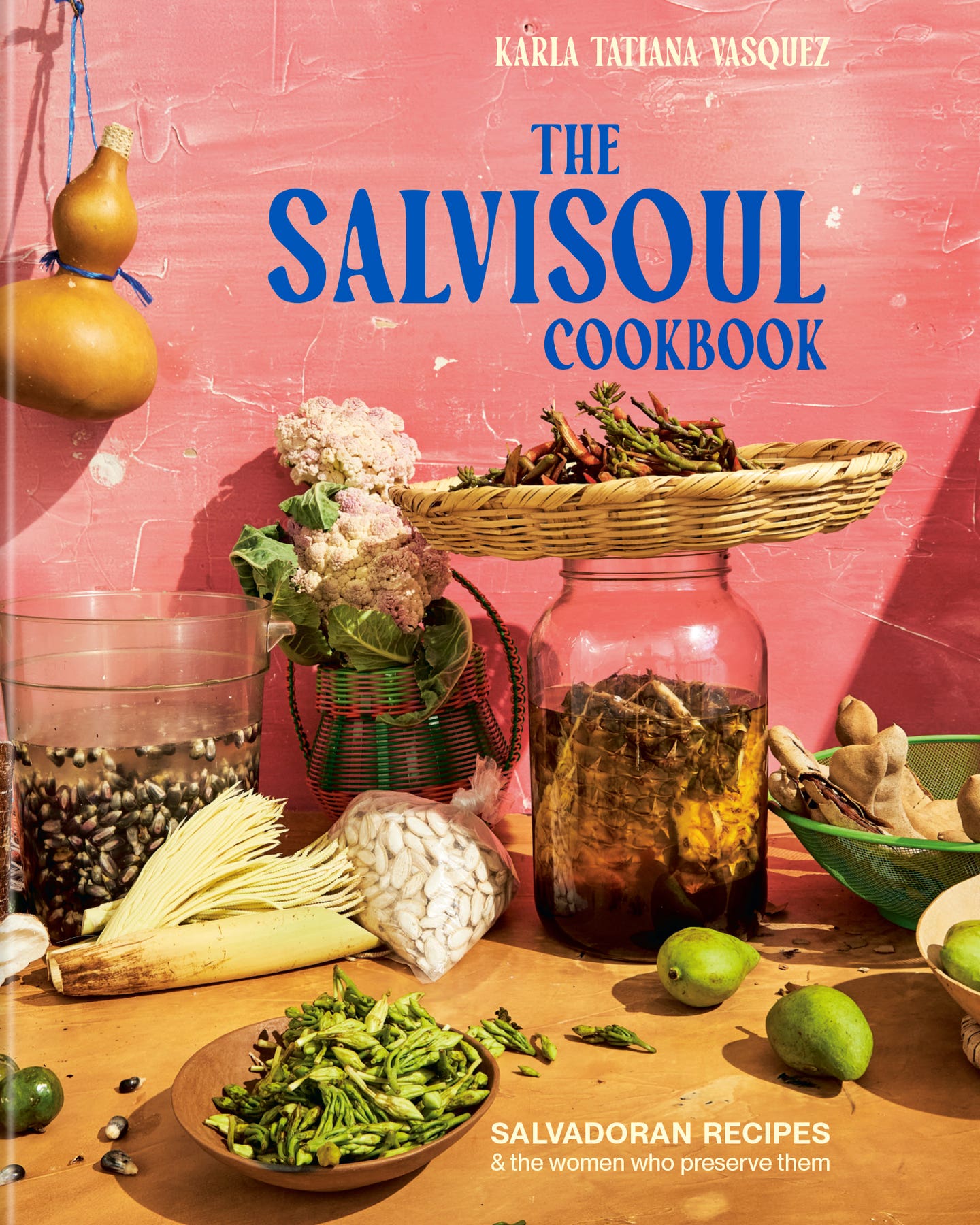
This interview is brought to you by the SAVEUR Cookbook Club, our passionate community of food-loving readers from around the globe celebrating our favorite authors and recipes. Join us as we cook through a new book every month, and share your food pics and vids on social media with the hashtags #SAVEURCookbookClub and #EatTheWorld.
Writing the first major cookbook on the cuisine of your home country is no small undertaking. Karla Tatiana Vasquez knew this from the very start of her journey towards what would become The SalviSoul Cookbook: Salvadoran Recipes and the Women Who Preserve Them. Yet Vasquez, a first-generation Salvadoran American, saw her job as sharing the food knowledge of Salvi women with the world. When she began her project to collect and share Salvi cuisine in 2015, Vasquez offered a series of workshops, cooking classes, and community engagement initiatives from her home base in Los Angeles, rooting her work in the vibrant local Salvadoran community around her. The project took on new life when she put out a call to the broader Salvadoran diasporic community, receiving messages from Salvi women in Paris, in Abu Dhabi, in Michigan, in Georgia asking, “How far are you traveling?” Her response was that if she could drive there, she would find a way to get there.
“The whole premise of this book,” Vasquez told me, “is that Salvi women, the moms and abuelas, are the experts, but that they are not included in the conversation.” Vasquez’s book is the antidote, featuring 33 women and the recipes they shared, telling their stories in portrait-like essays that look far beyond the kitchen. A blend of ethnography, food writing, and community-based journalism, The SalviSoul Cookbook is not just the first major cookbook on Salvadoran cuisine; it is an invitation to the next hundred cookbooks on El Salvador, and to a much broader appreciation of the passion, craft, and heart of Salvi women everywhere.
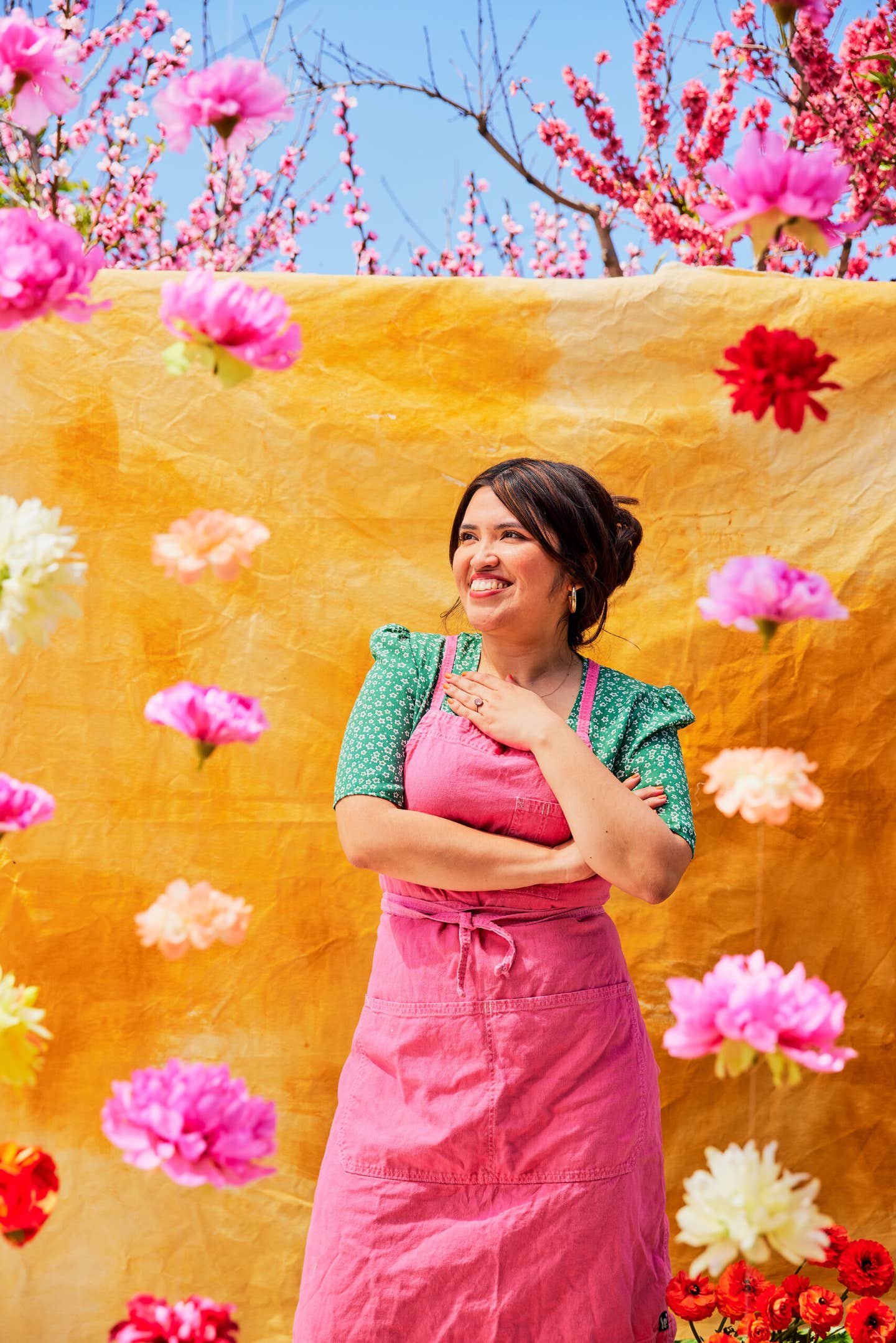
Jessica Carbone: In your introduction, you mention this word “anhelo,” the yearning or longing to know something. The project of SalviSoul started with your own quest for knowledge. What has anhelo meant to you in your culinary journey?
Karla Tatiana Vasquez: I really believe that where you sit is where you stand. For a long time, I was sitting at the table, listening to my family’s stories of what life was like in El Salvador. I’d get excited to learn more, and I’d go to the library to visit the encyclopedia and turn to the “S” section to see if there was anything about El Salvador, and then it would send me to the “E” section, and then there would just be a redirect to “Latin America.” The books themselves gave me very little, and I didn't have a lot of access other than the stories my parents gave me. But the food that they made for me, and the stories that they gave me, depicted a place so vibrant, so real, so colorful, so loud, that I felt like I could hear the traffic. And so longing for more knowledge really became a compass.
But what was I longing for? When my parents would talk about El Salvador, the first thing they would mention would be the food. They’d say, “Quiero annona,” this seasonal tropical fruit with a tangy, almost vanilla-like flavor that was bright pink on the inside. So I go to the grocery store, and see what we had: bananas, apples, grapes, nothing like this annona, the fruit my mom says tastes better than ice cream. Then as I grew older, it wasn’t just like the foods that I wanted to understand, but also their purpose. I wanted to know what foods we should eat for Easter or Christmas. Then I’d hear about some obscure dish and someone would tell me, “Oh, we’re making this sopa for somebody who just had a baby.” So through the kitchen I learned about culture, and how a culture functions is how a community is taken care of.
As you were building out this project, from blog to book, how did you draw a line between what was important for you to know, versus what you needed to document for other people?
I needed to trust that my questions would lead me to the next thing I would learn. What really decided a lot of things, though, were when I sent a call-out to the broader Salvi community. I had the experiences of my family, but Latinos are not a monolith, and Salvis are definitely not a monolith, and I don’t know what I don’t know. So I posted online, saying, “Hey, if you love Salvadoran cooking, and you know a Salvi woman who loves cooking, please have them get in touch with me.” The interviews and cooking sessions that came from that call were the missing piece that I needed, and revealed the next part of the journey.
For instance, one woman, Irene, saw the call-out and wrote to me, saying, “You have to contact my friend Carolina. She’ll never tell you she’s a great cook, but she has great parties, and I love her food.” So I called Carolina, who’s a librarian, and she invited me to her home, to share her recipes for ceviche de pescado and for conchas rellenas, which I’d never heard of, and I’m so grateful we connected because her recipes tell us something about seafood. Oftentimes we think of Mesoamerican cultures as focused on corn or tamales or pupusas, and this was very different. From her I learned about the workers who harvest the mangroves, and their diets are mostly seafood diets, with yuca rather than corn. So there was a lot of kismet in this project, and I wanted it to be a group process to curate the recipes.
There were a few times where it wasn’t so easy—everyone wanted to do the Christmas turkey, because they all said that theirs was the best. That was honestly one of the scariest things in my life, saying no to many Salvadoran moms; I don’t wish that anxiety for anyone. And then after that, because we had the OG headliners of the cuisine taken care of, other dishes that they knew how to make that were important to them came to the surface. We all said, “Pupusas get a lot of airtime, so what other things can we bring up?” It was a very collaborative process.
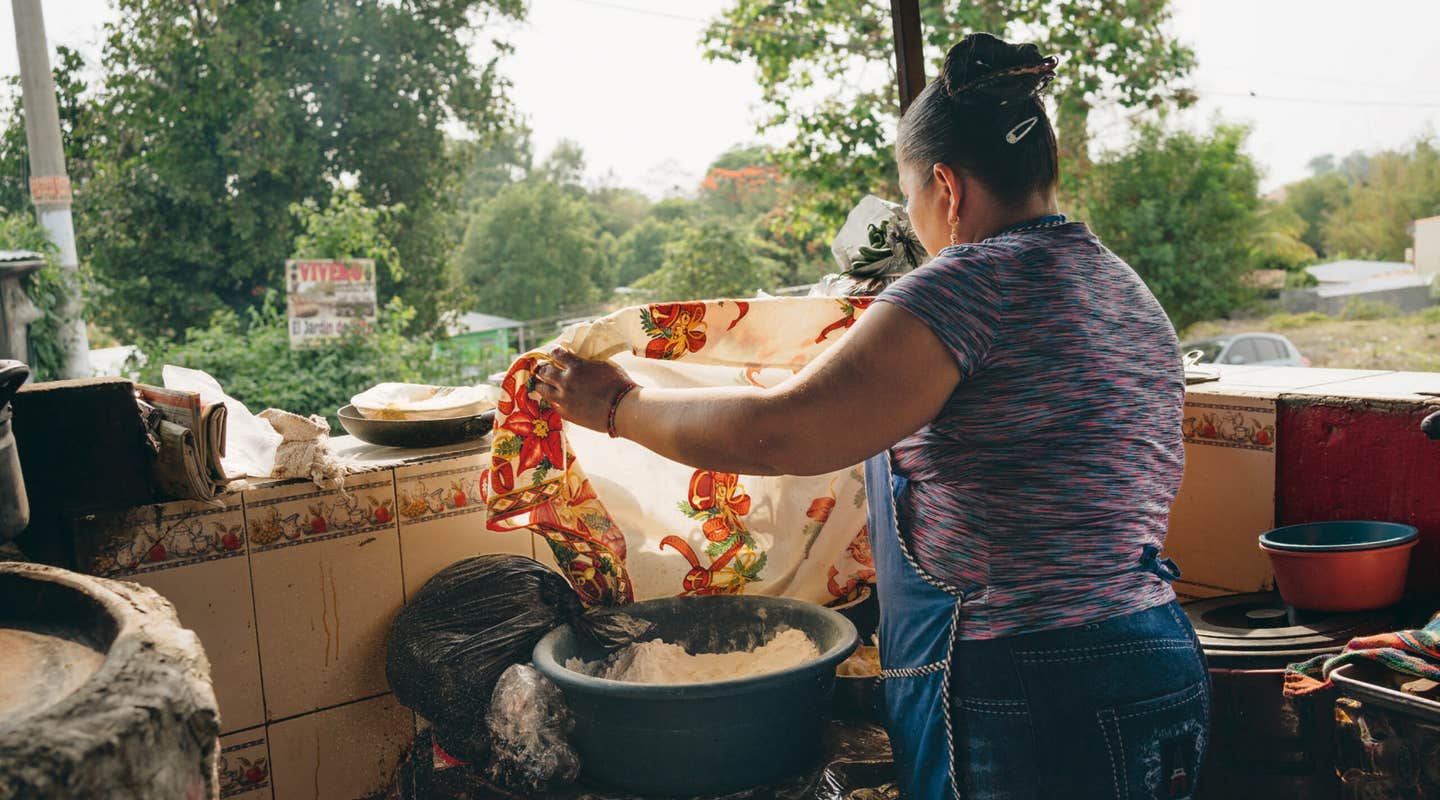
How did you give voice to these women’s knowledge in your book?
One of the stories in the book is about a woman named Maricela, which I very intentionally titled, “La Antropóloga,” because she is an anthropologist. Some don’t see her that way because she works as a street vendor in a part of Los Angeles known for Salvadoran culture. But she is an anthropologist, because her menu is a case study on what flavors sell the most, and that tells her how many different kinds of Salvadorans are in the city. For example, it’s easy for her to tell me that there are more Salvadorans from Oriente, the eastern side of El Salvador, here than there are from Occidente, the western part, because she’d had weeks of selling more of a certain kind of tamale or atole, and seeing what people preferred.
We have this language for folks that are on the margins as being voiceless, but what I’ve learned as a food activist and through meeting these Salvi women, is that they have the loudest voices ever. Going to the store with my mom and my tía, you cannot deny that they have a presence. But they’ve been so easily ignored, and their knowledge isn’t taken seriously. The authority I have in my work, I didn’t get it from an institution; I got it from the women who have brought me along with them in their knowledge. It may not be grounded in a degree or anything like that, but it is true knowledge, it is true science. And that’s what I am trying to do, to give a voice to women’s labor that shows that they are the experts in the kitchen. They are historians and oral storytellers, and they’re here doing work that causes them to rise to the occasion.
You talk about asking your mother for recipes, and how she found your questions somewhat frustrating, like you were looking for an easy answer. When you were offered a chance to turn your blog into a book, what did you see as the limitations of the cookbook?
I was talking to a friend about how overwhelmed I felt by the work of this book, and they said, “Well, Karla, usually in our lifetime we only try to understand our own trauma, not our mother’s, not our grandmother’s, and you went and asked them, plus more than 20 other women. So have a little grace.” This is the only cookbook that’s been traditionally published on Salvi cooking, and while that’s amazing, that also means that there is such a big need for different kinds of things. People want the recipes, and they want the food history, and they have their own preferred styles of learning. So in some ways I didn’t feel like sharing a written recipe was an easy way out. Because there's still a lot of work to do.
I also know how important it is to be the first, or one of the first, to get something written down. When I was in cooking school, one of the students asked the teacher, “Why do we call it an omelet?” The student was Middle Eastern, the teacher was Korean American, and here I was as a Salvadoreña, and we’re all realizing that it’s so seared into what we know as food culture that we hadn’t thought twice about it. So the instructor thought for a second, then said, “It must be because the French were the first to document it.” And so that set me off.
How did you work with your publisher to organize this book?
Before I got my book deal, there was a lot of pushback on how I was presenting this work, because I was including a lot of points of view. But what’s exciting for me is that there is always more to learn, and I've always felt more comfortable as a student; I didn’t want it to be just my voice. I was also told by several people, “Oh, there’s nothing much on El Salvador, nothing much from Salvis or Latinos or even non-Latinos.” Then I started to worry, “What if they’re right? What if I run out of things to say?” But when I turned in the manuscript 14,000 words over my limit, I realized that we’re only beginning to scratch the surface on what Salvadoran cuisine is.
I’ve gained all this strength from all the women I met, who are always clear on what they’re here to do, so I’m taking a page out of their rulebook and showing up for myself. I wrote the recipe titles as they were told to me, and didn’t bother translating because it created too much inconsistency, and it never became an issue. It would be silly to translate pupusas, but then do we translate nuegados de yuca, which are a kind of yuca fritter, but also not really a fritter? Look, we already know so many foods by their non-English names, like beef bourguignon or gnocchi. Can you imagine calling gnocchi a potato dumpling? This is my default—I call them rellenos de papa, so that’s what they are. And by calling them by name, the reader is invited to come into this universe with me, and we'll teach you what it is. I promise, it’ll all taste great.
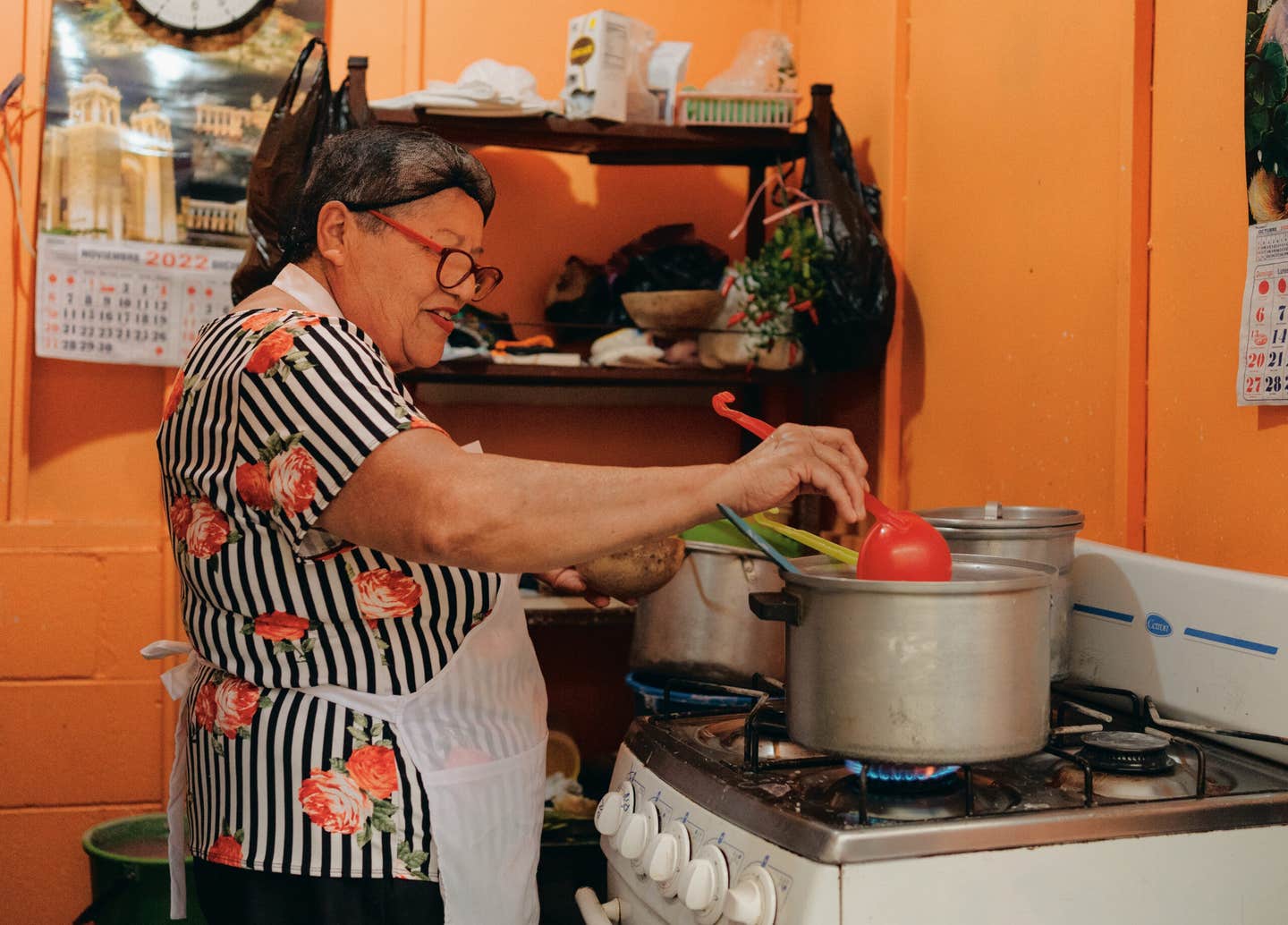
There are some ingredients that are essential to Salvadoran cooking, like chicken bouillon, that are shamed in some gourmet kitchens. When you were collecting the recipes from the Salvi women you met, how did you decide what to adjust and what to keep?
I left a lot of things as the women explained them to me. We tend to think of the kitchen, as we see it in entertainment at least, as a kind of romantic place, a fantasy space for the cook to become a wonderful, cultured person. But when you are an immigrant woman and you have three hungry kids, it’s a space of efficiency and industry. I learned a lot about the cost that you pay as someone responsible for feeding people, the cost of ingredients and time and the things you do after you've done the cooking. So when I was told that a recipe had those costs accounted for, it didn’t feel right to add more time or to fancy it up. So if the cook used chicken bouillon, that’s what I used. That’s the flavor she designed for her family, and she’s proud to mention that. There’s a recipe in the book for pollo con papas, chicken and potatoes, that one of the women, Wendy, gave me, and I love that she used canned tomatoes. Wendy is a single mom with three businesses and is an ultra-marathoner, and these are the shortcuts she has. But Wendy is also the same cook who uses two kinds of oil to make her plátanos fritos con frijoles licuados, and will only fry her plantains in coconut oil. So I love learning the decision-making process of others, the details of what we fuss about and what we don’t.
Were there any recipes or ingredients that you especially loved collecting or testing?
There are two that come to mind in this moment. One of them is flor de izote con huevos, which is made with the national flower of El Salvador. I’ve always been obsessed with how many flowers are in Salvadoran cuisine; there are three flowers on the book cover, though you can’t tell that they're flowers, but I can tell. A lot of Salvis might say, “Oh, this is just farmer’s food,” but it just makes me so happy, and anytime you can eat flowers, I think it's great. The other one I’ll mention is the rooster dish, the gallo en chicha, which reminds me a little bit of coq au vin.
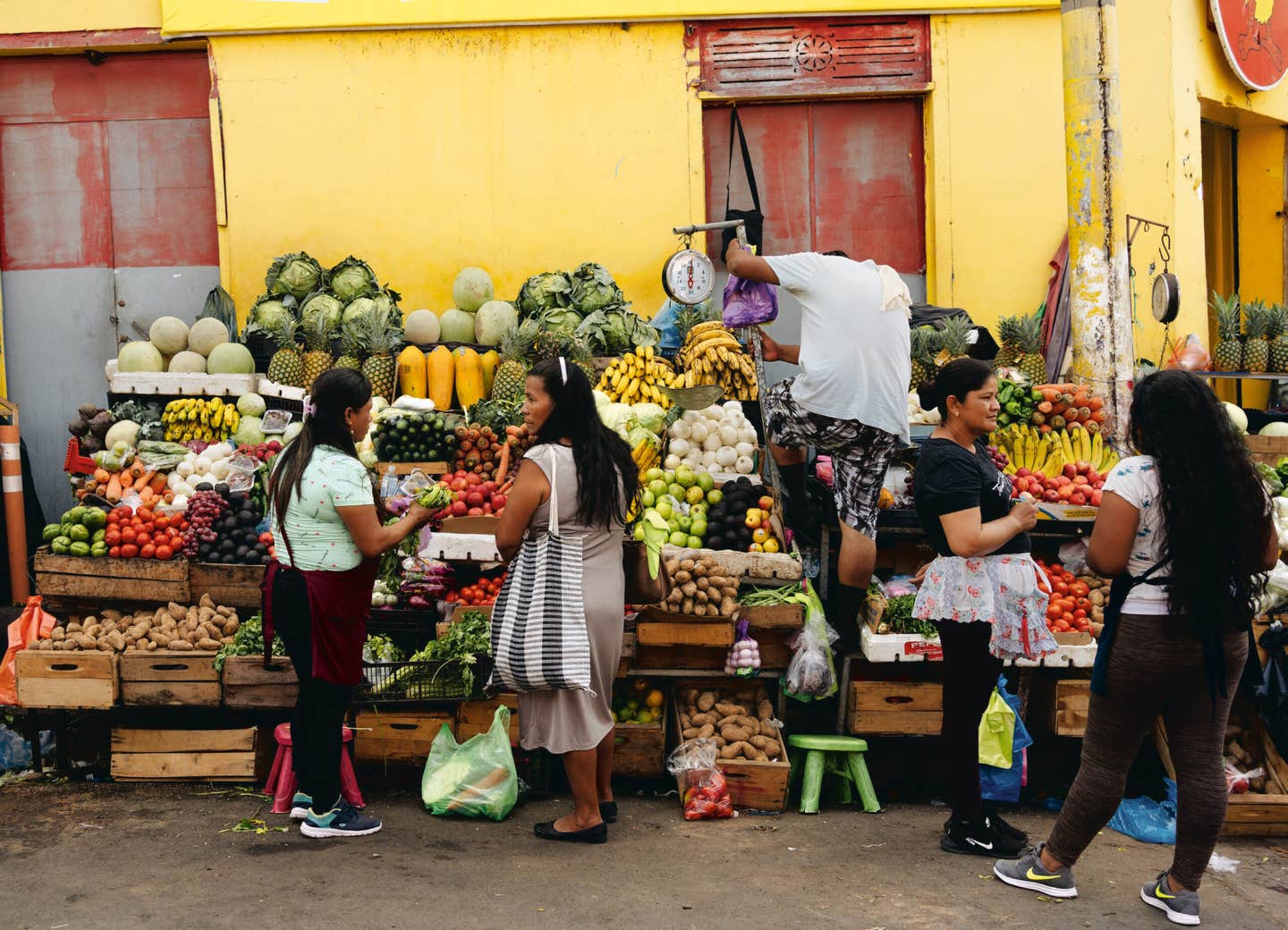
There are some recipes, like the fresco de ensalada salvadoreña, where so many of the ingredients are seasonal. How do you feel about recipe improvisation?
I’m fine with it, because home cooks may be in the same position as many in the diaspora. We come to this country hungry to find good substitutions, and when we’re fortunate to find the real thing, it’s a gift. The Salvadoran quesadilla, a kind of pan dulce, is a good example of the diaspora. I’ve worked on my version of a quesadilla for many years, while asking folks why the quesadilla from the store or bakery tasted different from what I got from neighbors or abroad. The reason is because in El Salvador the quesadilla is made with local cheese. Here across Los Angeles, a lot of what bakeries use is Italian cheese like parmesan, because it’s more affordable when bought wholesale. Quesadilla is a working-class food, and if a bakery needs pounds and pounds of an imported ingredient, they may not be able to keep it a working-class food. So when people ask me, “Where can I get the most authentic Salvadoran quesadilla?” my answer is that the most authentic one is the one you make at home. When I was doing online cooking classes, there was a student calling in from France, and she asked if she could use an aged cheese from the farmers market in Paris. And I said “Yes, that’s ok, because that is you as a Salvadoran, doing what you need to do to make it happen.”
You talk about the many different sopas, or soups, as being events in Salvi households. Why are they events?
I think honestly they have to be events because they have proteins. A lot of the chapters in Salvadoran history include those where people have suffered hunger, where having tortillas at home was a comfort because corn was cheap. So there have been a lot of episodes of hunger, poverty, war, political strife. Now we may see it as just the soup, but it’s a whole pot of expenses, resources, vegetables that could go bad if you don’t use them up. These are all things that tell us something about position and privilege, and how a family navigates their social conditions. So I think that we see soups as an event because of our history with food, which tells us, “Hey, you got fresh corn, some yuca, carrots, all in one bowl of soup? Life must be good for you.” So what do you do with those blessings? You call up your friends and family, and you share it, because there’s an abundance. We don’t make that jump so quickly here in 2024, especially in the United States; these are things that we always have, so we don’t see why they would be an event. We’ve forgotten what it’s like to have an absence of food, but I can’t forget, because I know the cost that my great-grandma paid to get my family to the next day.
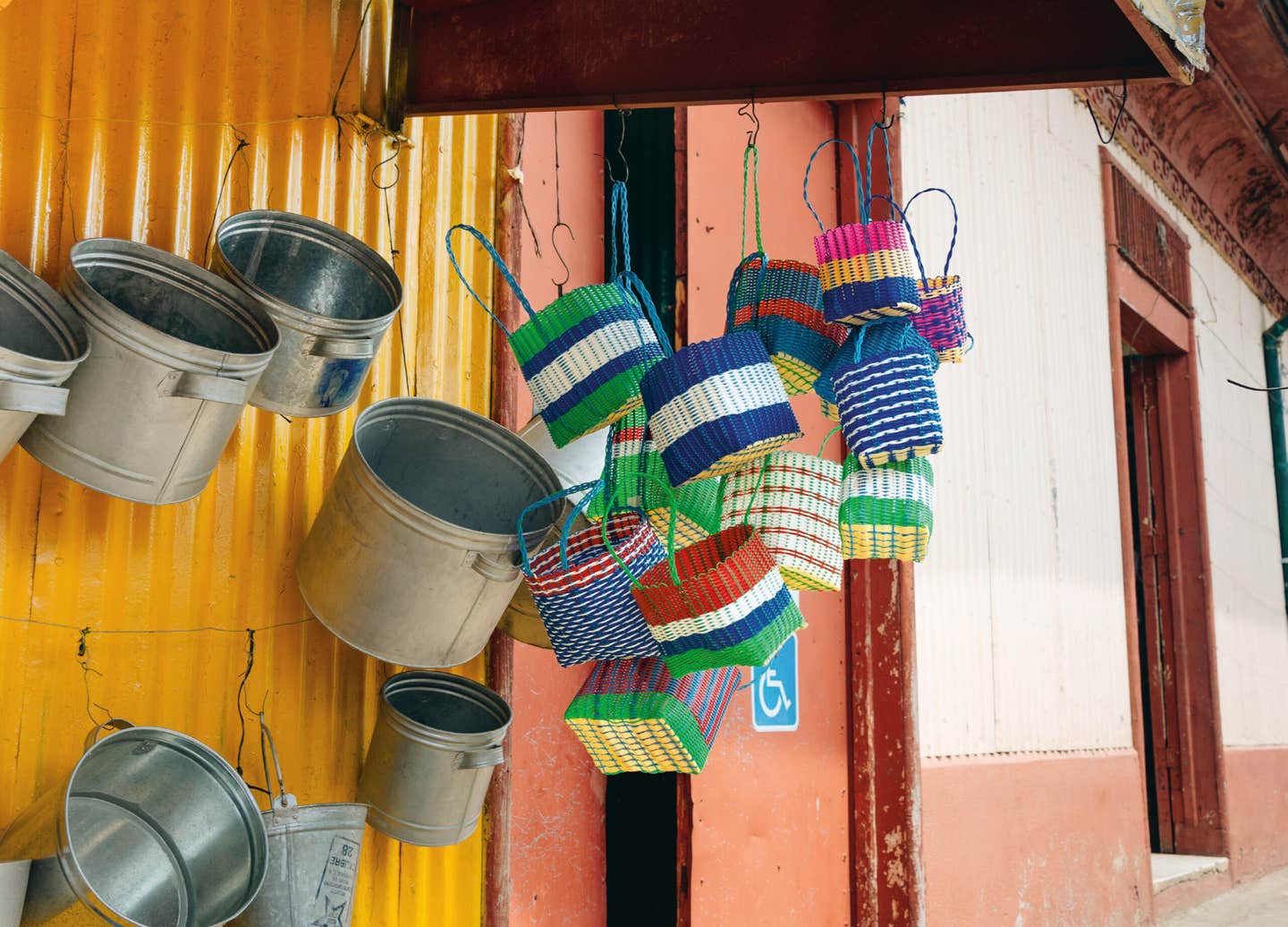
You talk a lot about the privilege you have as a food writer, and your ability to move freely between countries and spaces. How has your journey to understand your Salvi identity while becoming an American citizen shaped your relationship to food writing?
A lot of the places where I find myself, I’m maybe the only Latina or Salvadoreña, and I always feel othered, like I'm not supposed to be here. But I’ve realized that so many of the institutions operate this way because they’re focused on making a profit. This publishing experience was one of the most radical forms of care that I ever received, of the vision I had of something so personal and so visceral for me. But in some ways this book journey has been very bittersweet, because I had such a hard time pitching Salvadoran stories to newspapers. I’d gotten my degree in journalism, I'd been to cooking school, and I thought “I should be able to pitch a story and have people say yes.” But when I’ve pitched stories, it’s been so hard to see people not grasp the value of this, to hear people say, “Oh, we don't think there's a story here.” When you hear editors say no to you, you end up believing that if there isn’t any interest in the story, that the story isn’t something. And it pains me to see the stories that are published, exploitative stories that showcase the suffering of Black and brown communities, sticking to that line, “If it bleeds, it leads.” Because we're here to sell.
I’ve had to be an adult about it, and fight for how I want these stories to be told, even while operating in that system. And even though I have privilege as a resident citizen, I am also a Salvadoran immigrant. It means understanding the nuances of working within that, but it also means that there are people who will be allies, and who will want to do the work, so that it honors and carves out space for stories to be told. This book is at a ton of intersections, because I am at a ton of intersections. And I think that if you experience some kind of tension surviving in any industry, it’s because you’re doing something great.
This interview has been edited and condensed for clarity.
Recipes
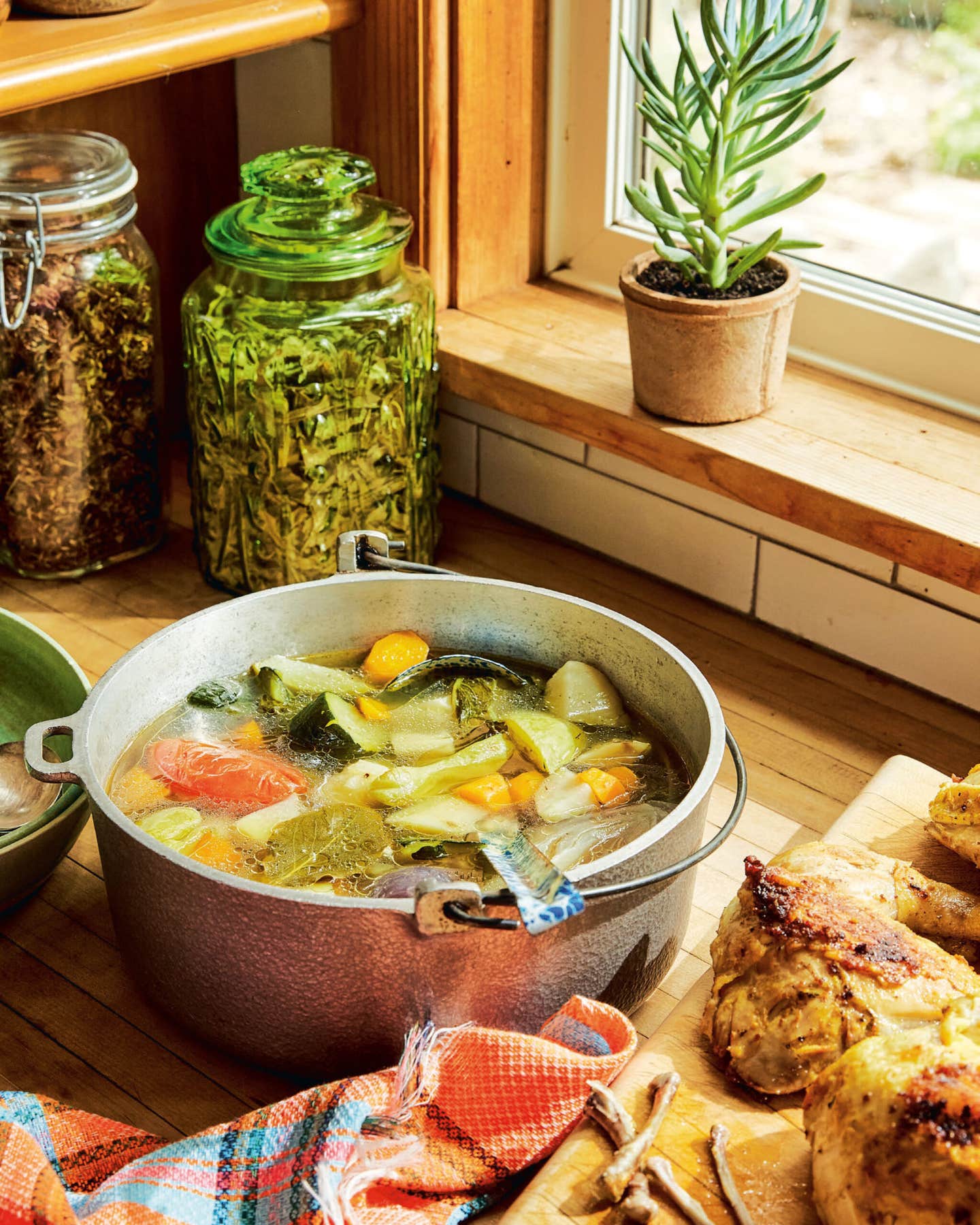
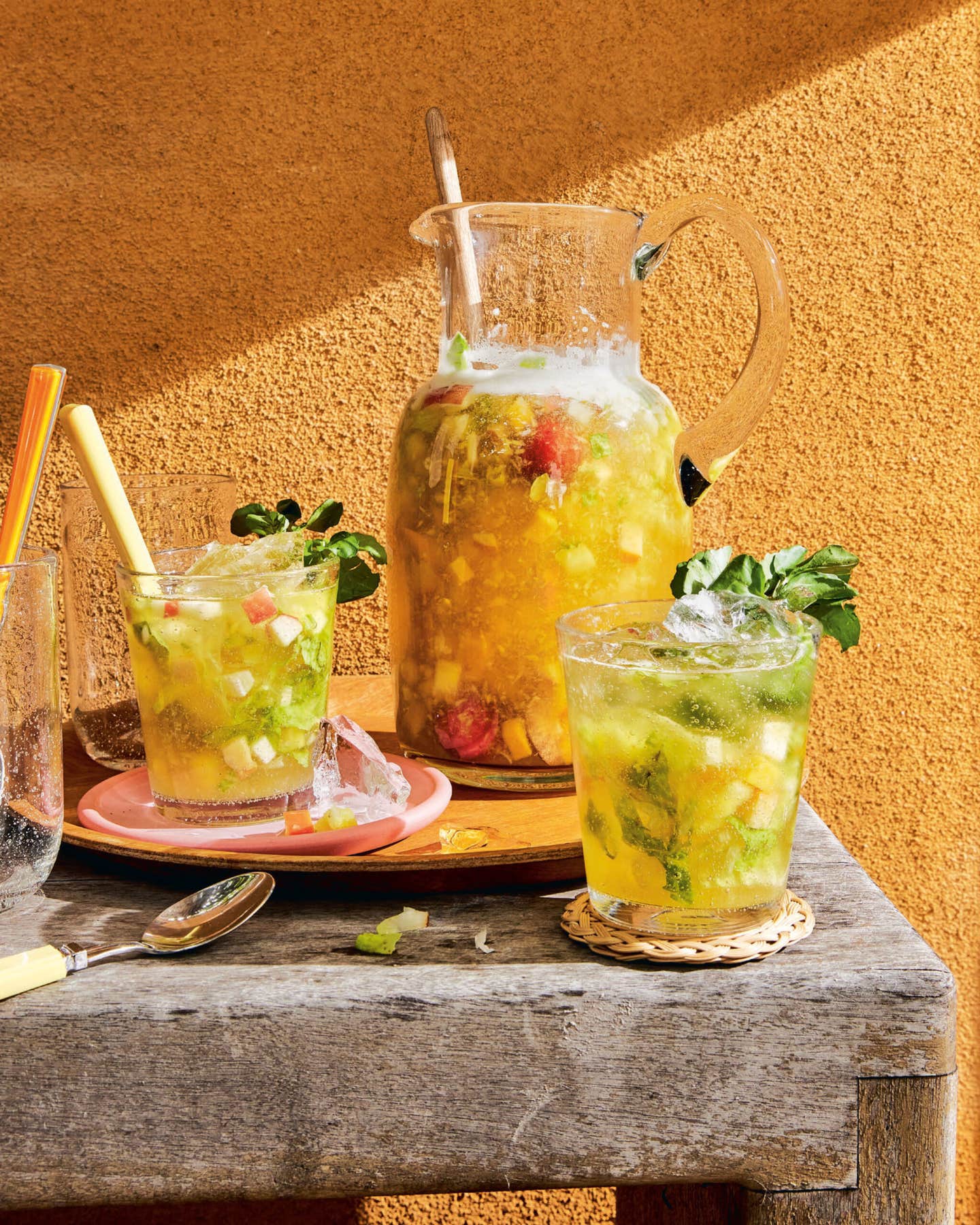
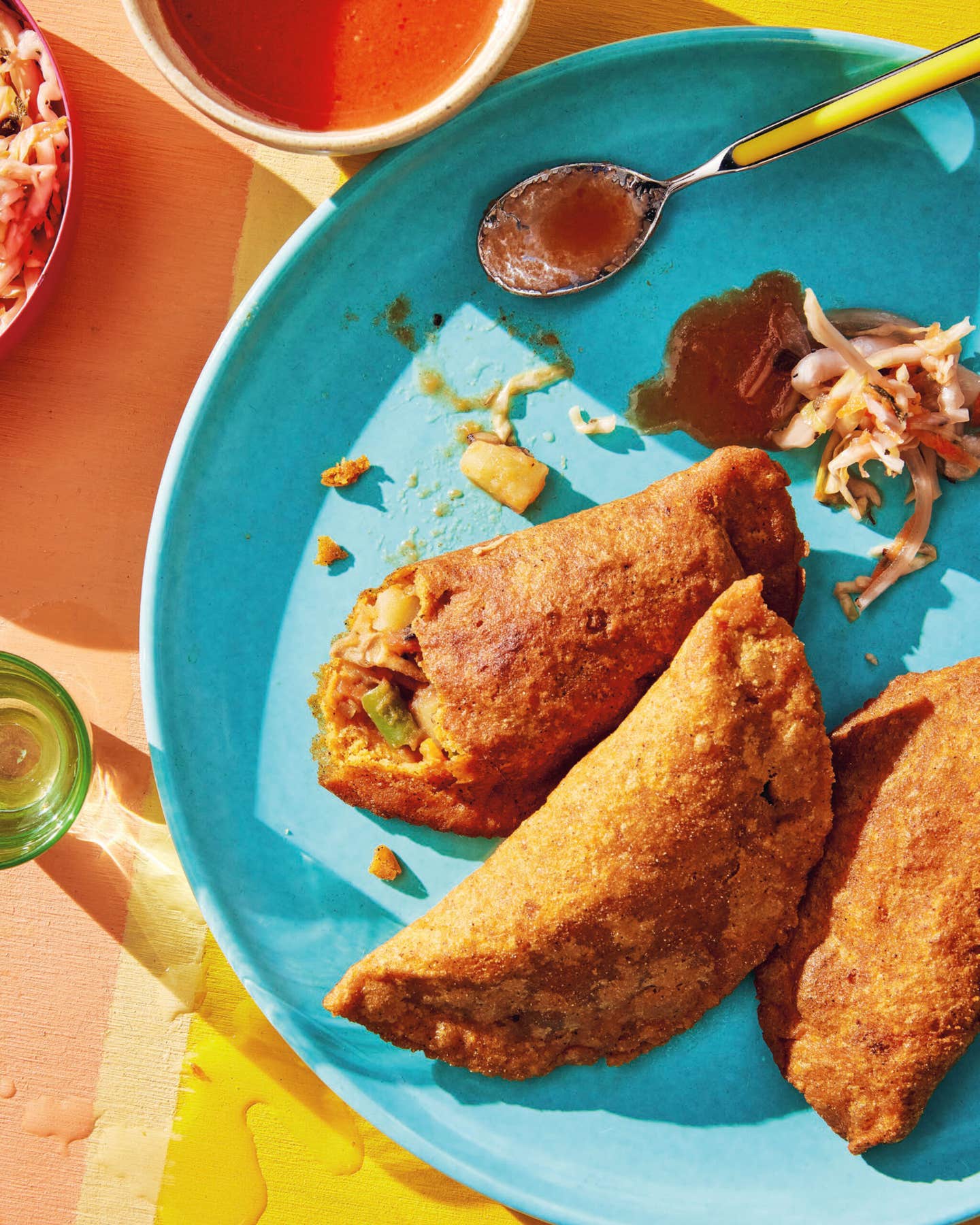
Keep Reading
Continue to Next Story










